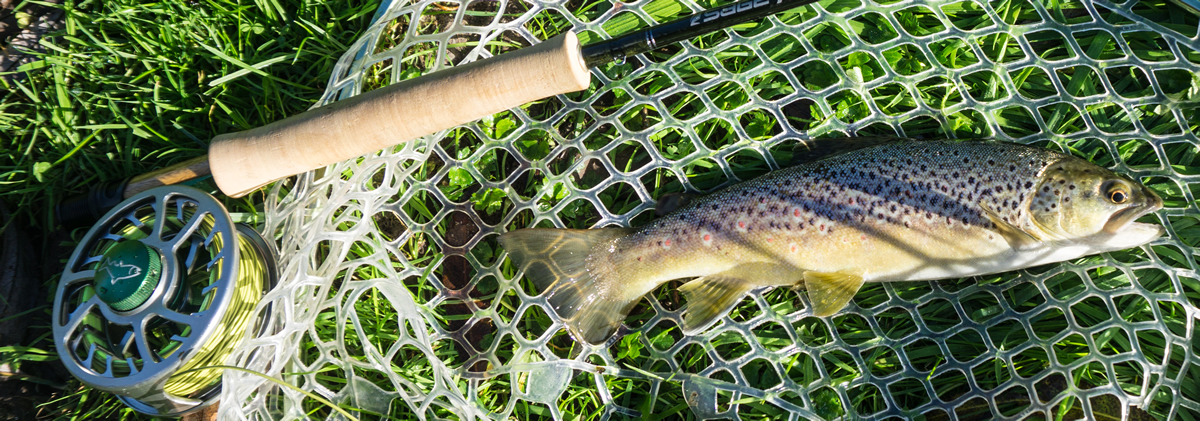Chalk Stream Expectations
This one pager describes how the club’s expectations have been evolving over the last few years in line with environmental considerations impacting the future of our chalk streams.
The club is characterised by strong continuity and has the utmost respect for traditional chalk stream fishing. This includes the way one approaches the river and overall etiquette. For example upstream fishing with a single dry fly, or nymph, always starting from the bottom of the beat etc. This is described in the most succinct way in a few paragraphs written by Gordon Mackie titled “Approaching a chalk stream” .
The days of big bags and big stocked trout are gone “Stocking Policy”. Chalk streams are under constant environmental pressure. Water abstraction has significantly reduced river levels and now flow to a fraction of what they were years ago. The water quality is compromised, enriched with harmful nutrients such as phosphates and nitrates. Silt from agricultural activities, road works and various other construction activities finds its way into the river covering valuable fish spawning beds and suffocating aquatic invertebrate eggs. Algal blooms and coloured rivers are becoming a regular occurrence in the spring. “Ranunculus” weed for example does not grow as predictably and consistently as in previous years.
At the same time angler expectations have been changing and there is more emphasis on catch and release, compared to fishing for the table.
The club is totally committed to providing the best survival opportunity for our wild fish stocks and invertebrates. This encompasses the way we manage what is in the river and what is on the bank. Do not expect to see manicured lawns without a substantial marginal fringe, plus trees and bushes. Bank vegetation is crucial for retaining our precious aquatic flies and trees provide much needed cover for our fish, as well as cooling down our rivers.
Do not expect to be casting on a lake like environment without a trace of weed, or any other in-stream obstacle. Weed is vital as it provides both cover and food for our fish. This is where our invertebrates live.
It is a fact that a good percentage of our new members are likely to come from a still water background, having fished put-and-take lakes and having got used to big bags, both in terms of number and size of fish. Chalk stream fishing is totally different.
Catching a wild fish, seen feeding on the top of the water or sub-surface, by carefully placing a single dry fly or nymph on target is what chalk stream fishing is all about.
Learn to take each fishing day as it comes and be open to learning. There are days when fish are not as cooperative because conditions are not right. Learn what insects the fish are taking, where and what time they are feeding. In our very busy times where technological advances have created an instant expectation, nature still works as it has always done. Right time, right place and right fly and you will be rewarded.
Entomological knowledge is highly important and quite easy to develop an understanding in a matter of hours. There are only a finite number of flies which are present in our rivers and from these flies an even smaller number are relevant to our fishing. Learning what these flies are and how to imitate them will help not to rely on trial and error as one would probably do when fishing a put-and-take lake.
Stealth and observation are of paramount importance. Time and patience observing the water will reduce casting blindly and will not put fish down, nor spook them unnecessarily. We do appreciate that the odd prospecting cast to potential fish holding spots is practically unavoidable.
Do not expect to see numerous stocked browns milling about our stretches. Outside the mayfly season abundance, there is often not enough food for our wild fish, let alone more fish that are introduced to provide easier and bigger bags.
You should expect to fish in a safe environment where the banks and rivers are properly maintained. Every reasonable effort will be made to help you in your personal journey. There are communication vehicles in the club, such as our electronic forum and various meetings where you can express your views. We are in continuous contact with members listening to their views.
However, if the above chalk stream expectations do not meet your personal criteria, perhaps other SADAC waters, e.g. lakes, or coarse waters are more suitable.

